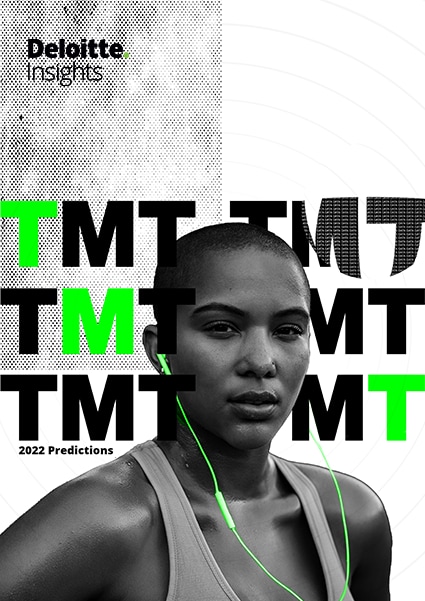The potential market for these apps is considerable. Nearly 800 million people worldwide, or 11% of the global population, live with a mental health condition.10 Moreover, data shows that the COVID-19 pandemic has exacerbated mental health concerns and triggered declines in well-being, with a dramatic rise in the prevalence of problems such as depression, anxiety, post-traumatic stress symptoms, and stress.11 About four in 10 adults in the United States, for example, reported symptoms of anxiety and depression from June 2020 to March 2021, compared to a much smaller share reporting these symptoms from January to June 2019.12 While this may not reflect an actual increase—some medical professionals and researchers suggest that the pandemic has helped people open up about their mental health and made accessing treatment more socially acceptable13—it points to the prevalence of the issues that mental health apps address.
Apps can not only help address the volume of need for mental health support, but also make that support more accessible. Professional mental health resources such as talking therapies are hard to access or are stigmatized in many countries and communities, and in some of these cases, people are using mobile applications to replace or supplement traditional methods of treatment. In China, for instance, where human resources for professional mental health treatment are often low and stigma around mental health conditions is high,14 consumer spending on wellness apps grew by more than 60% in the first 30 days of the COVID-19 pandemic (March 7–April 5, 2020) versus the 30 days prior (February 6–March 6, 2020).15 We believe that this dynamic will drive strong mental health app growth in China and many other Asian countries. It is worth noting, however, that there is very little regulation around mental health or medical apps, which is cause for growing concern internationally.16
Again, the pandemic exacerbated the access problem by disrupting access to traditional mental health support in most countries and communities.17 Sixty percent of respondents in 130 countries participating in a summer 2020 World Health Organization survey reported disruptions to mental health services for vulnerable populations, including children, adolescents, older adults, and women requiring prenatal or postnatal services.18 In some cases, digitally enabled services helped to fill the gaps, but adoption of these interventions shows wide disparities, with the divides generally negatively impacting those in low-income countries.
Digitally enabled health services, including mental health services, can also expand access to care to a more diverse population. US-based research shows that for individuals who identify as Black, Hispanic, Asian, or Native American, having a provider who is empathetic, culturally competent, or who looks like them is a top priority.19 About half of participants in this study said they would be willing to use a virtual visit instead of seeing someone in person if it meant they would get access to a provider who looks like them, talks like them, or has a shared life experience.
Research shows that mental health apps have clear clinical advantages for their users.20 Meta-analyses of trials covering more than 20 mobile apps found that using them to alleviate symptoms and self-manage depression significantly reduced depressive symptoms.21 A similar analysis of anxiety treatment apps found that users experienced a reduction in anxiety symptoms after use, with the greatest reduction occurring when the apps were paired with face-to-face or internet-based therapies.22 Apps that focus on mindfulness and meditation have also been shown to deliver benefits. A study of one of these apps found that users experienced decreased depression and increased positive emotions after just 10 days of use.23 Other research tied the use of another app to reductions in stress and sleep disturbances and improvements in mindfulness and compassion.24
Improved well-being has economic as well as personal benefits. Poor mental health puts a strain on the global economy. Prepandemic estimates suggest that poor mental health costs the world economy US$2.5 trillion per year, a cost that was projected to increase to US$6 trillion by 2030.25 Lost productivity as a result of anxiety and depression accounts for US$1 trillion of this yearly sunk cost. Without action, these impacts will continue to be felt across economic sectors in terms of both lost consumer spending and lower workforce productivity. While most countries allocate only a modest share of their government health budgets to mental health care and support,26 opportunities exist for app creators and corporations alike to step in.
The financial implications of poor mental health are not lost on businesses. In part, we expect mental health app adoption to continue to grow due to the many corporations that are recognizing the importance of supporting employee well-being and partnering with mental health apps to make them accessible to their workforce.27
















